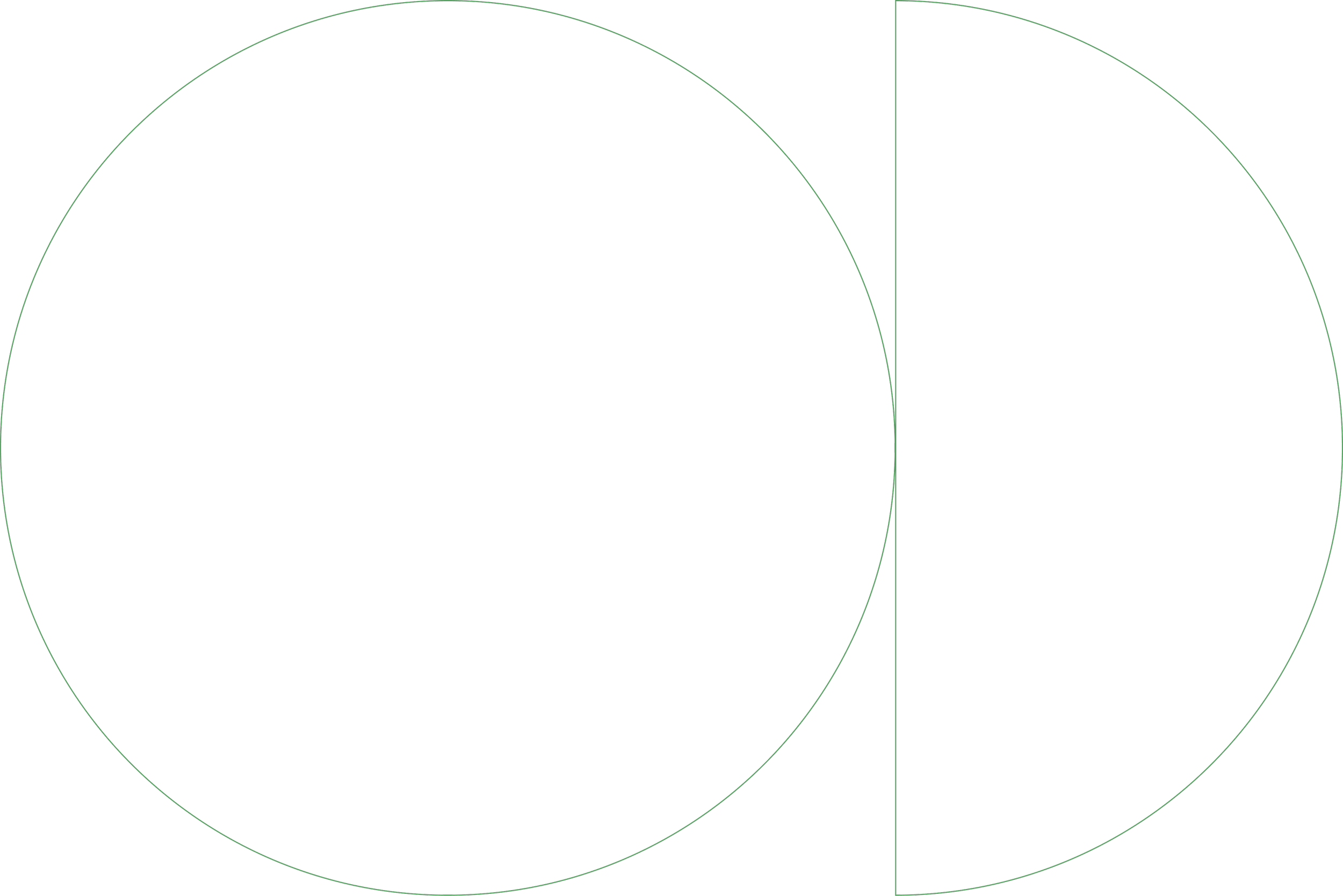What does existential therapy look like?
When most people hear the term "existential therapist," they might think about different ideas like "existential dread or crisis" and someone in a scratchy turtleneck who just wants to talk about death and meaning. And yes, these are technically existential concepts, but my approach is a little different. Without getting into too many details, what's essential is this: My aim each session is to help clients become more of who they really are, rather than who they should be. The more experience I've gained as a counsellor, the more I have become convinced that when clients can expand their ability to be who they really are, the more meaningful life can be.
This process will look different for each client, as my approach is non-prescriptive; but it is guided heavily by principles of therapy that are collaborative, person-centered, trauma-informed, and attachment-informed.
For those interested in the more technical language of my approach, my theoretical orientation is grounded in a branch of existential therapy called Existential Analysis (see below).

What is Existential
Analysis?
Existential Analysis (EA) can be defined as "a phenomenological and person-oriented psychotherapy, with the aim of leading the person to (mentally and emotionally) free experiences, to facilitate authentic decisions and to bring about a truly responsible way of dealing with life and the world. The aim of Existential Analysis is to help each person find a way of living to which they can give an inner consent to their own actions (“affirmation of life”), and to encounter a more fulfilling existence." Existential Analysis Canada
A fulfilling life requires ongoing dialogue with the world and its four fundamental motivations (FMs): FM1) The World The World with its immutable physical laws that provide ground and limit me. I must adapt and accept these conditions in my life.
I am here, Can I be?
Can I live in the world the way it is?
If I can't, why not?
FM2) Life Life with its relationships values, and emotions. That which moves, impresses, and relates to me
Do I like to be?
Do I like to live this way? If not, why not?
What is missing, what would I need?
FM3) Being OneselfBeing my own person: I am unique in my personhood, and irreplaceable in my existential actions.
Am I allowed to be myself?
Do others allow me to be myself? Do I allow myself to be myself? Does it feel right?
FM4) Meaning Meaning as a calling and life orientation; how I understand the whole in order to make a contribution to the world/future.
What should I do?
Should I live this way and for what am I living? What can I consent to being challenged by?
“To be human means to be constantly questioned by life, and in the existential understanding, it is the job of the human being to respond to life’s questions with the best possible answer in a particular situation; through these answers, the human being becomes responsible for his/her life. ”

